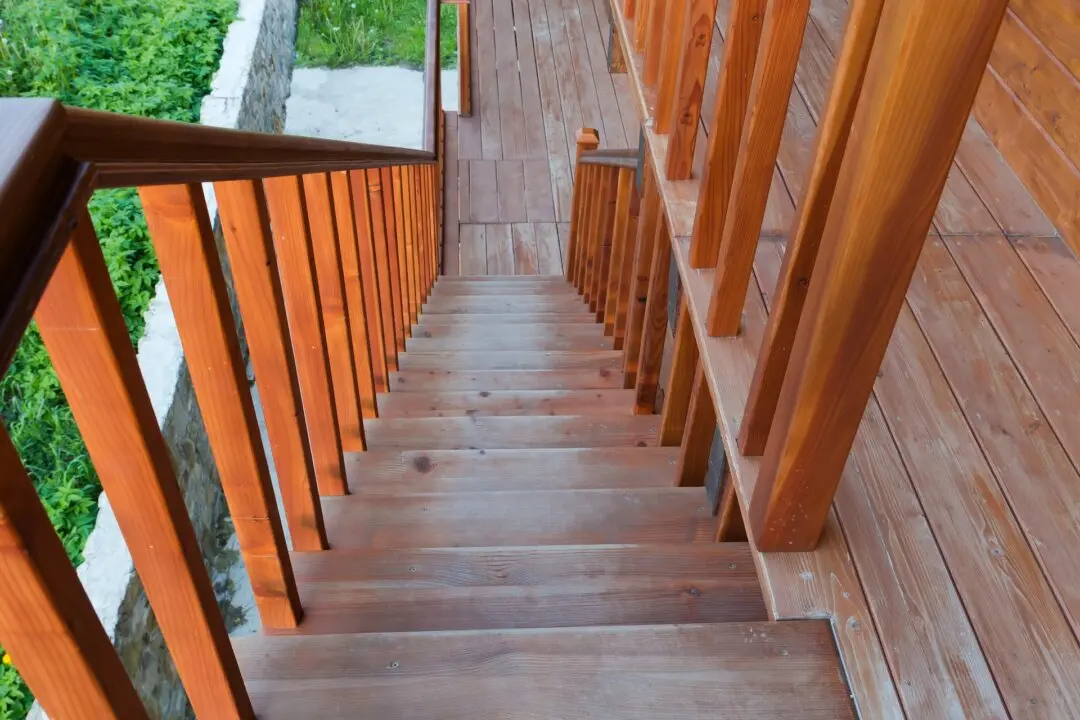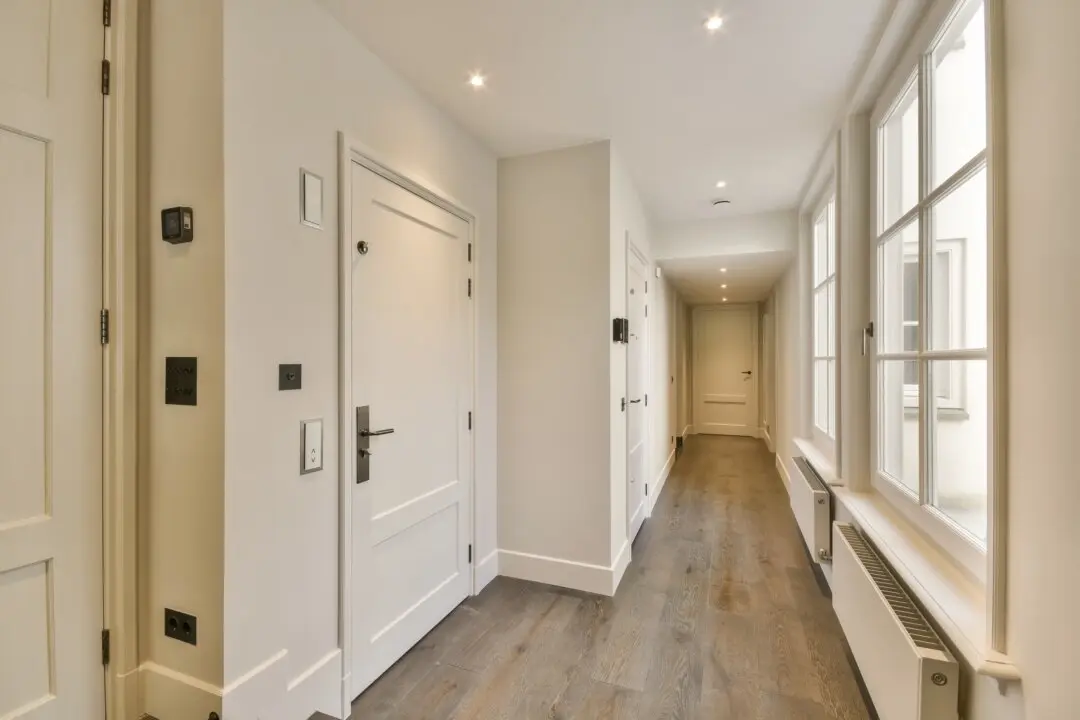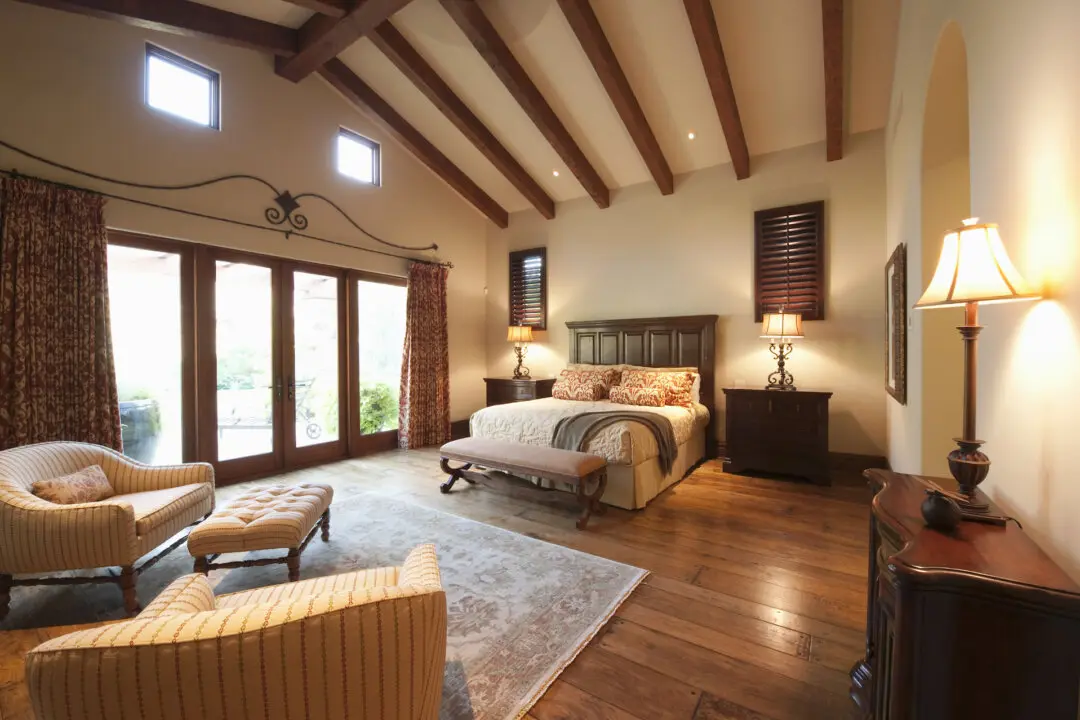Dear James: Many trees were recently bulldozed for new homes, so I want to build some birdhouses to help out the birds. What are some good birdhouse design tips? —Donald F.
Dear Donald: As more land gets developed for human use, there is less habitat available for wildlife. People don’t often think this is a problem for birds because they have a large lying range, but birds are suffering along with most land-bound wildlife.





